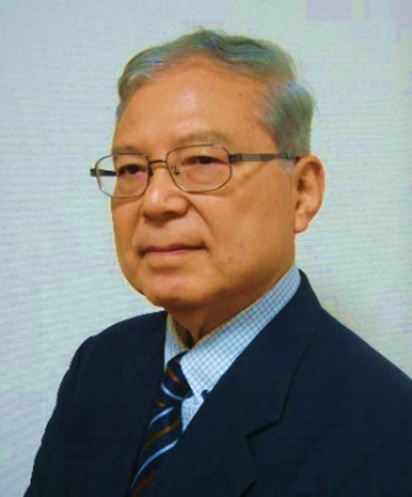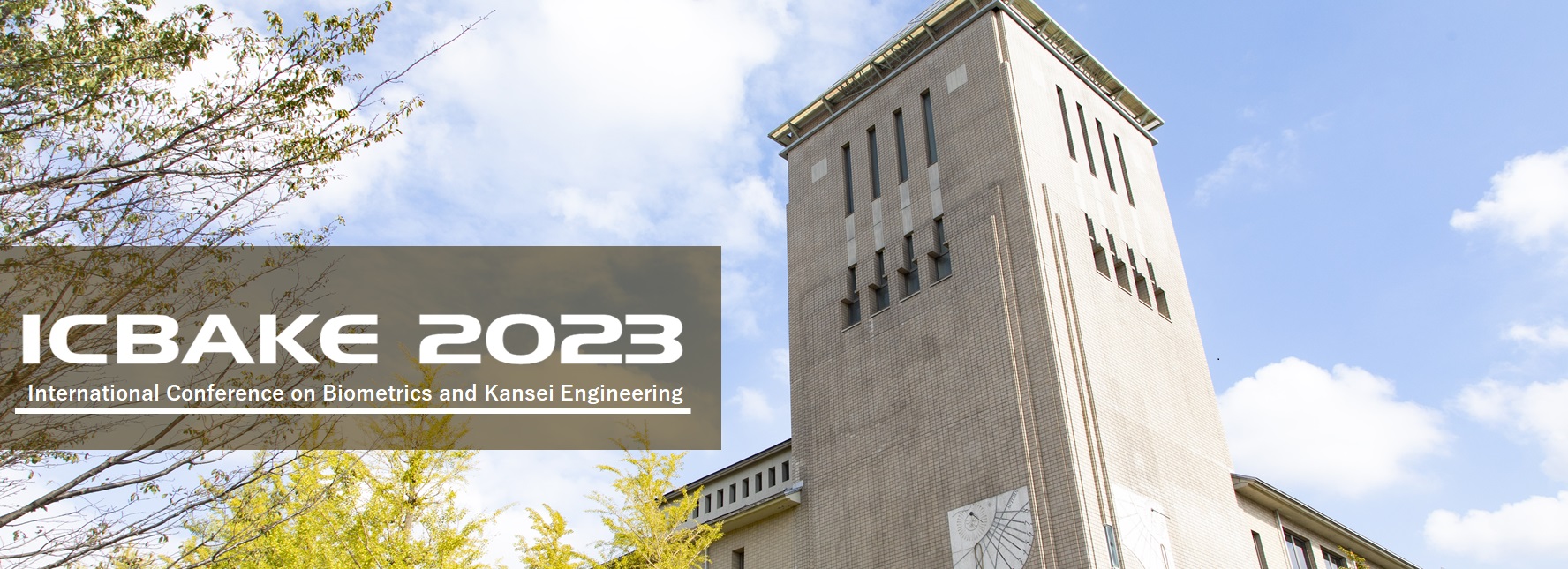Speaker
 Professor Tetsuo Hattori
Professor Tetsuo HattoriAffiliation: Professor Emeritus at Kagawa University, Japan. Guest Professor at Hiroshima Institute of Technology, Japan.
Biography: He received B.E. and M.E. degrees in electrical engineering from Doshisha University, Kyoto, Japan, and Ph.D. degree in electronics & Information engineering from Osaka University, Osaka, Japan.
From 1988, he had been with Kagawa University as a lecturer, associate professor, and professor at the department of information science in the faculty of education.
Until then he was engaged in developing high-speed image processor and automated visual inspection systems in Toshiba ENG. Co. Ltd., where he invented a world-first high speed regional labeling processor that continuously pipeline processes images at the video rate from industrial TV cameras.
In 1996-1997, he contributed to establish the engineering department in Kagawa University, and moved to the department in 1997. In 2001, he was invited as a guest researcher at the University of Connecticut, Connecticut, USA, for collaborating the study of Quantum Computing. In 2015, he has been a Professor Emeritus at Kagawa University. Also, he is currently a Guest Professor at Hiroshima Institute of Technology, and a director of Japan Creativity Development Center which is a specified Non-Profit Organization (https://www.jcdc.jp/).
Title of Speech: Integrated Methodology for STEM Education Based on the Viewpoint of ETT Theory
Abstract: For the education of Science, Technology, Engineering and Mathematics (STEM), this paper proposes an integrated and comprehensive methodology based on the viewpoint of Equivalent Transformation Thinking (ETT) Theory which was advocated as a principle of creativity by Dr. Kikuya Ichikawa in 1955, after his investigation and analysis of the past discoveries and inventions. Many of Ichikawa's papers for the creativity were published at the Creativity Research Workshop held by Dr. Hideki Yukawa, the winner of 1949 Nobel Prize in Physics. Dr. Yukawa called the Ichikawa's theory as "Identification Theory", and highly praised it. In this paper, we emphasize that the viewpoint of ETT is very useful not only for new technology invention but also for STEM Education in the sense that it deepens insights of the contents to be learned, motivates students to study further, and inspires their creativity. Moreover, in this paper, we show that the application of Kansei Engineering will be promising for clarifying such viewpoints in each subject of STEM education, but also for promoting the study motivation effectively, using attractive visualization technology such as 3-Dimensional Computer Graphics (3DCG), etc.
